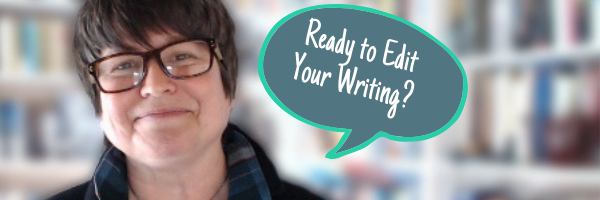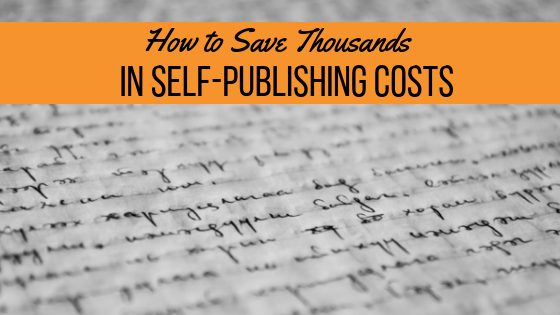Regardless of whether you call it “indie-publishing” or “self-publishing,” there’s no denying the fact that publishing your book outside of the traditional publishing system has many benefits.
The speed of publication, the ability to retain creative control/freedom, and flexibility in marketing are just some of the factors that draw authors to the world of indie publishing.
That said, self-publishing also has its drawbacks.
For example, it requires an upfront financial investment on the part of an author; unlike traditional publishing, where authors are paid in advance, and the costs of book design and editing are generally covered by the publisher.
The self-published author invests their own money up-front in hopes of making a return via future sales. Between cover design, interior design, editing, and proofreading, these up-front costs can be substantial. The cost of copy editing alone can easily put an author out a thousand dollars or more depending on the state of the manuscript.
If you haven’t worked with a freelance editor before, this is how the process generally works:
The author submits ten pages of their manuscript to the editor, who then edits those pages. Based on the test edit, the editor provides the author with a quote for the cost of the project as a whole.
The critical point here is that the quote is based on the estimated time it will take to complete the edit of the entire book. This estimate is determined based on the time it took to edit the ten sample pages provided. The more editing required, the higher the editor’s quote is going to be for the full book.
This means learning to self-edit your work before taking your manuscript to a professional editor can save you hundreds or even thousands of dollars in the long run.
That’s one of the reasons writing coaches like myself and Joan Dempsey spend so much time teaching and emphasizing the importance of self-editing skills.
Learning to get your writing into the best shape possible before going to an editor for additional help is an invaluable skill . . . but it doesn’t happen overnight. It takes time to learn the process of self-editing, so you’ll want to start now.
A great place to start developing that skillset is Joan Dempsey’s new (FREE) class: Self-Editing for Writers: An Introduction.

In this class, you will:
• Explore the difference between a shitty first draft vs. the ongoing edit;
• Learn how listening carefully can help you assume your role as editor;
• Determine which of the four approaches to self-editing will work best for you;
• Find out why it’s important to open strong and avoid backstory; and
• See how using specific action rather than pointless activity can enhance your scenes.
I encourage you to invest some time in learning to self-edit now, so that you can save big bucks in editing costs somewhere down the road.
Get all the details about Joan’s class right here.

